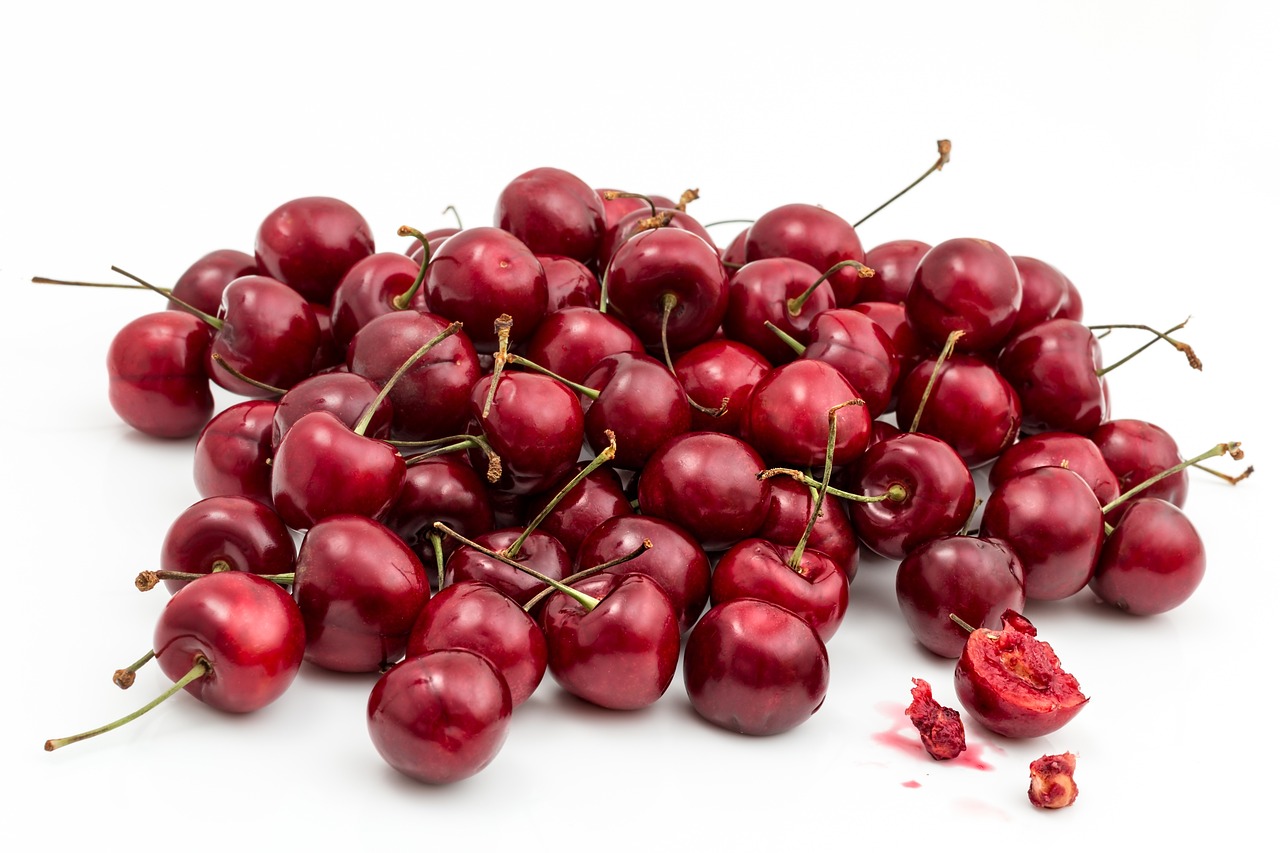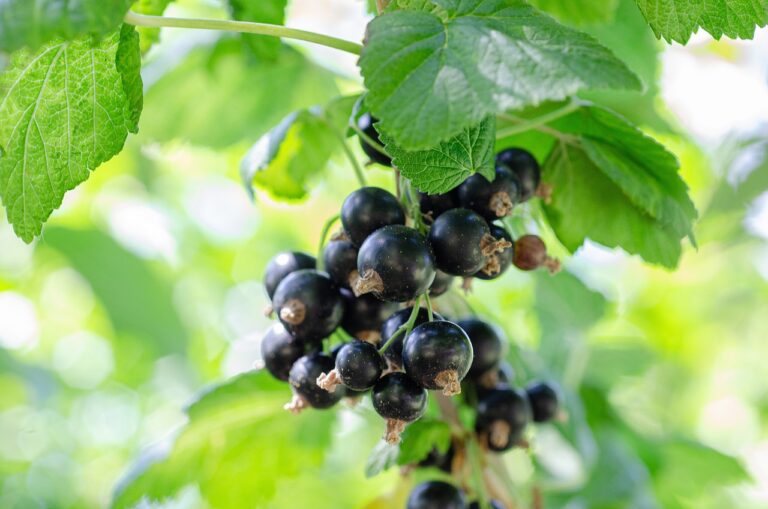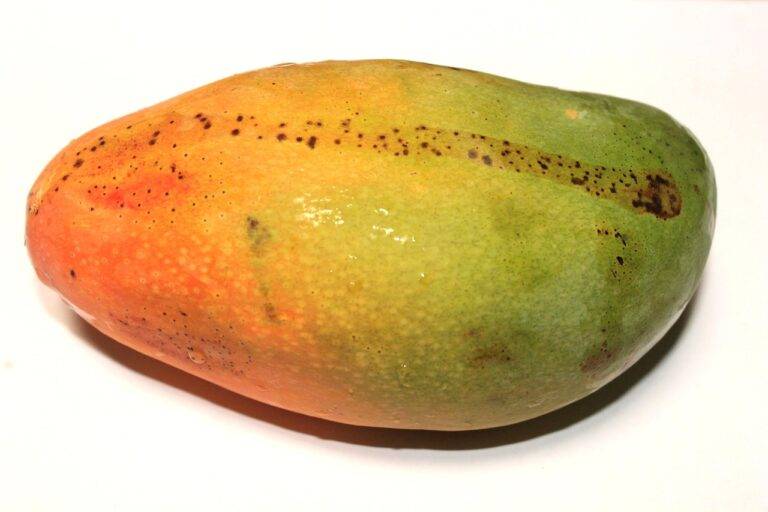The Role of Food Science in Product Development and Quality Assurance
Food science is a multi-disciplinary field that combines principles from various branches of science to understand the production, processing, and preservation of food. It delves into the biological, physical, and chemical aspects of food to improve its safety, quality, and nutritional value. By studying food science, researchers are able to enhance food products, create innovative recipes, and address issues related to foodborne illnesses and sustainability.
One of the key focuses of food science is to investigate how different ingredients interact with each other during the cooking or manufacturing process. Understanding these dynamics is crucial for developing new food products, improving taste and texture, and ensuring consistency in quality. Through analytical techniques and experimentation, food scientists are able to unravel the complexity of ingredients and their role in creating the culinary experiences we enjoy every day.
• Food science combines principles from various branches of science
• Focuses on production, processing, and preservation of food
• Enhances food safety, quality, and nutritional value
• Investigates how ingredients interact during cooking/manufacturing
• Analytical techniques used to understand ingredient dynamics
Understanding Food Chemistry
Food chemistry plays a crucial role in determining the properties and reactions of various food components. It involves the study of changes that occur during food processing and preparation, such as Maillard browning, caramelization, and fermentation. By understanding the chemical composition of foods, food scientists can enhance flavor, color, texture, and nutritional value, ultimately providing consumers with safe and high-quality products.
The interactions between different compounds in food impact its taste, appearance, and shelf life. For example, the acidity level of a food can influence its preservation and flavor profile, while emulsifiers help stabilize mixtures of water and fat. Additionally, antioxidants in food chemistry play a significant role in preventing oxidation and extending the shelf life of products. By delving into the intricacies of food chemistry, scientists can innovate and improve food products to meet the ever-evolving demands of consumers.
Importance of Ingredient Selection
Selecting the right ingredients is crucial in the culinary world. Each ingredient contributes unique flavors, textures, and nutritional value to a dish. Whether it’s choosing fresh produce, high-quality meats, or flavorful spices, the ingredients used can make or break the final outcome of a recipe.
Moreover, ingredient selection plays a key role in achieving the desired taste profile of a dish. The combination of ingredients determines the overall flavor balance, showcasing the chef’s skills and creativity. By carefully selecting ingredients that complement each other, chefs can create harmonious and delicious dishes that are sure to tantalize taste buds.
What is food science?
Food science is the study of the physical, biological, and chemical makeup of food and how it is processed, packaged, and stored.
Why is understanding food chemistry important?
Understanding food chemistry is important because it allows us to know how different ingredients interact with each other and how they can affect the taste, texture, and overall quality of a dish.
How does ingredient selection impact the final product?
Ingredient selection plays a crucial role in determining the taste, texture, appearance, and nutritional value of the final product. Choosing the right ingredients can make a significant difference in the overall quality of the dish.
What are some factors to consider when selecting ingredients for a recipe?
Some factors to consider when selecting ingredients include freshness, quality, seasonality, flavor profile, nutritional value, and compatibility with other ingredients in the recipe.
How can improper ingredient selection affect the outcome of a dish?
Improper ingredient selection can lead to a dish that is bland, unappetizing, or even unsafe to consume. It can also result in a dish that lacks the desired texture, flavor, or appearance.







